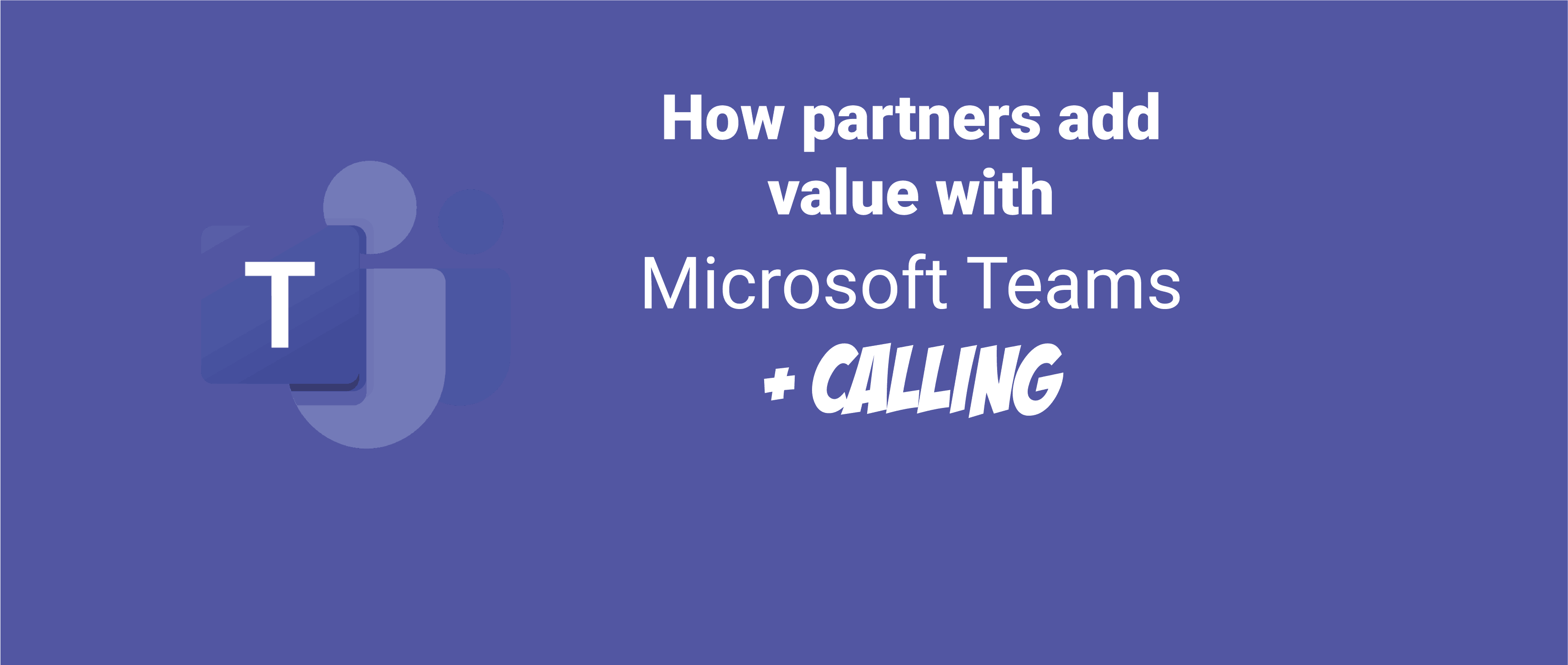Digital Transformation is the use of new, fast, and frequently changing digital technology to solve problems. It’s also about making smart choices. You’re likely reading this because you’ve chosen to implement Microsoft Teams to increase collaboration and improve productivity for your customers. Now you are looking at ways of taking it to the next level by adding Teams Calling by Lightwire.
Lightwire’s continued approach to providing purpose-built products and services has extended to Teams Calling. Finally, an easily scalable and cost-effective Teams Calling solution for New Zealand and Australian businesses, powered by our high availability SBC cluster that enables Microsoft Teams Calling over our voice network via Direct Route.
Our thinking is that our partners know Microsoft products better than we ever will, so we’re treating Microsoft Teams like any other third-party PBX. In a world where everything is moving to a pay per user model, it appeared many want the humble phone systems to go that way as well.
But we say, no. Let’s go with a model based on simultaneous calling as this is more scalable and is more likely to be attractive to the end customer. You don’t pay per user for internet access, so why would you do it with calling?
This model is great because it creates a lot of opportunities for you to build services around Teams Calling from design, implementation, training and ongoing support with Lightwire only providing a small yet key component of a far bigger product.
Microsoft has published an excellent interactive guide for building your Microsoft Teams and calling practice which you can access here.
But to save you time here are some a few extra things we think you could do to make it easier to move your customers to Teams Calling and add some additional value.
Scope work:
Spending some time with your customer discovering how they use their phone system is a critical part of any phone migration project. There is so much opportunity with Teams (and 3CX) to improve the way people work and interact with their customers and co-workers.
One of the key things you may have picked up on is that for some, Teams will involve Microsoft licencing changes. When conducting your scope, it’s a good opportunity to see what other services and value you could provide as that may offset some of the real costs in licencing changes.
Take, for example, an E5 licence; it offers a bunch of Security, Threat, Identity and compliance management tools within the same licence. While scoping the move to Teams Calling, consider some of the ways that come with other licences could further enhance the experience or security for the project. For example, the Identity and access management functions included in an E5 licence could also address concerns about securing the phone system through the Risk-based Conditional Access policies you could implement.
When scoping, you’ll need to work out how the customer is currently using their phones, likely, smaller businesses may not have an Auto Attendant functionality at present, and this concept is unfamiliar to them. There will be a good opportunity to educate them on new advanced functions during this phase of your project.
Design:
When designing your Auto Attendants and Calling Queues, create easy to understand documentation for the customer. A call flow diagram created in Visio is a great way to visually represent the design for users who have perhaps previously not had an Auto Attendant/IVR in the past, or call queues.
Implementation:
Implementing a new phone system is an excellent opportunity to run a few cleanup projects for your customers. A few quick ideas we have for you while you remove the old desk phones are:
- tidy up all the cabling under the desk
- replace cat5 and damaged cables
- e-recycle the old phones
- train the user on the new phone system.
Ongoing support and feature releases:
Lots of opportunities exist with Microsoft Teams for continuous improvements, training, and feature releases. For example, on the Microsoft Road map for Teams Calling is the Call Recording feature that will integrate with Security and Compliance that you will be able to configure for your customers.
Then there is the ongoing management of Teams Calling functions, such as ensuring business hour calling schedules get adapted as holidays and business hours change; the provisioning of new users and training them on the system and the changing of Auto Attendant and Calling Queues as people move around and teams grow and shrink.
If you’re looking to upskill ahead of rolling out Teams or more specifically Teams Calling here is an IT Admin readiness guide from Microsoft that may help and if you would like a trial of our Teams Calling product give us an email at sales@lightwirebusiness.com and we can sort you out.

